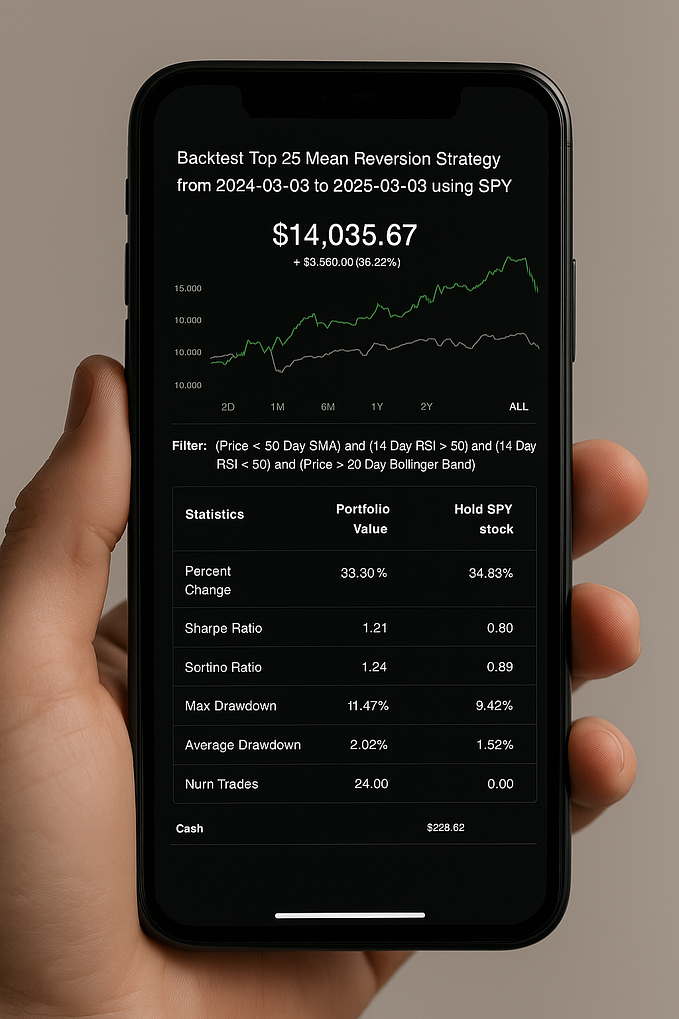
In the world of cryptocurrencies, whitepapers are foundational documents that provide in-depth information about a project. They are essential for anyone looking to invest in or understand a particular cryptocurrency. However, reading and comprehending these technical documents can be daunting for newcomers. This guide will break down the key components of a cryptocurrency whitepaper and offer tips on how to effectively analyze them.
What is a Cryptocurrency Whitepaper?
A whitepaper is a detailed report or guide that informs readers about the philosophy, technical details, and goals of a cryptocurrency project. It serves as a blueprint, outlining how the project intends to achieve its objectives. Whitepapers are often used by developers to attract investors and communicate the value proposition of their cryptocurrency.
Key Components of a Cryptocurrency Whitepaper
1. Abstract
The abstract provides a high-level summary of the project. It should succinctly describe the problem the project aims to solve, the proposed solution, and the unique selling points of the cryptocurrency.
What to Look For:
- Clarity and conciseness.
- A clear understanding of the problem and the proposed solution.
- Key features and benefits of the project.
2. Introduction
The introduction elaborates on the abstract, providing more context about the project. It typically includes background information, the motivation behind the project, and the broader industry context.
What to Look For:
- Comprehensive background information.
- Clear motivation and rationale for the project.
- Understanding of the industry and market needs.
3. Problem Statement
This section identifies the specific problem or inefficiency the project aims to address. It sets the stage for why the proposed cryptocurrency is necessary and what gaps it fills.
What to Look For:
- A well-defined and relevant problem.
- Evidence or data supporting the existence of the problem.
- Clarity in how the problem impacts the target audience or market.
4. Solution
The solution section outlines how the project plans to address the problem. It details the technology, algorithms, protocols, and overall approach that the cryptocurrency will use.
What to Look For:
- Detailed explanation of the technology and methodology.
- Feasibility and innovation of the proposed solution.
- How the solution improves upon existing alternatives.
5. Tokenomics
Tokenomics refers to the economic model of the cryptocurrency, including details about the token supply, distribution, and incentives. This section explains how the tokens will be created, distributed, and used within the ecosystem.
What to Look For:
- Total token supply and distribution plan.
- Mechanisms for token creation and circulation.
- Incentives for stakeholders (e.g., miners, stakers, users).
6. Roadmap
The roadmap provides a timeline of the project’s development stages, milestones, and future plans. It gives investors an idea of what to expect and when.
What to Look For:
- Realistic and achievable milestones.
- Clear timelines and deadlines.
- Progress indicators and measurable goals.
7. Team
This section introduces the core team behind the project, including their backgrounds, expertise, and roles. A strong team can be a significant indicator of the project’s potential success.
What to Look For:
- Relevant experience and qualifications of team members.
- Transparency about the team and advisors.
- Credibility and previous achievements.
8. Technical Details
This part dives deep into the technical architecture, protocols, and mechanisms of the cryptocurrency. It may include diagrams, algorithms, and other technical data.
What to Look For:
- Clear and detailed technical explanations.
- Evidence of thorough research and development.
- How the technology stands out from competitors.
9. Use Cases
Use cases demonstrate how the cryptocurrency will be utilized in real-world scenarios. This section helps readers understand the practical applications and potential demand for the cryptocurrency.
What to Look For:
- Specific and relevant use cases.
- Potential market and demand for the applications.
- Clear examples of how the cryptocurrency solves real problems.
10. Conclusion
The conclusion summarizes the key points of the whitepaper and reinforces the value proposition of the project. It often includes a call to action for potential investors or users.
What to Look For:
- Concise summary of the project’s strengths.
- Reinforcement of the project’s vision and goals.
- Clear next steps or calls to action.
Tips for Analyzing Whitepapers
- Do Your Research: Before diving into a whitepaper, familiarize yourself with basic cryptocurrency concepts and the specific industry the project targets.
- Look for Red Flags: Be cautious of vague or overly ambitious claims, lack of technical details, or an unqualified team.
- Compare with Competitors: Assess how the project stands out from existing solutions and its competitive advantage.
- Evaluate the Tokenomics: Ensure the economic model is sustainable and benefits all stakeholders.
- Seek Expert Opinions: Read reviews and analyses from reputable sources to gain additional perspectives.
- Understand the Risks: Every investment comes with risks. Make sure to assess the potential downsides and challenges the project may face.
Conclusion
Reading and understanding cryptocurrency whitepapers is a crucial skill for anyone interested in investing in or learning about digital currencies. By breaking down the key components and knowing what to look for, you can make more informed decisions and better understand the potential and viability of a cryptocurrency project. Always approach whitepapers with a critical eye and be prepared to do additional research to validate the information presented.







